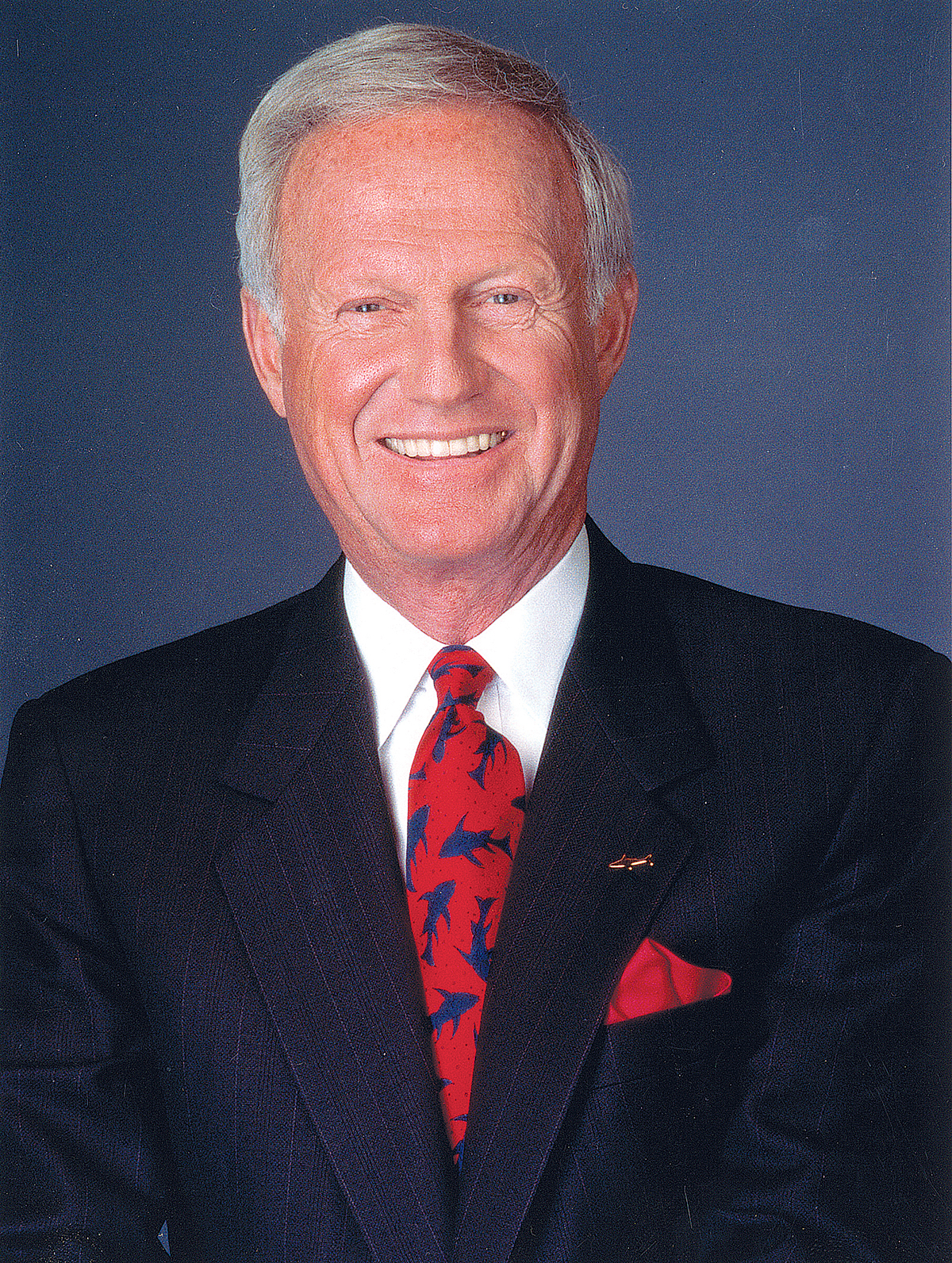Teams are complicated and complex structures since they are comprised of individuals with different personalities, biases, strengths and weaknesses. Before people can form into an effective team, they must first learn to work together. Participants must work through personal differences, find strengths to build upon, and balance collective commitments against the demands of individual job requirements.
Leaders must deal with team needs arising from the pressures of personal differences, biases, strengths, weaknesses and the demands of the individual jobs apart from the team. Addressing these issues is as important as the team’s task of making organizational improvements. Often both leaders and team members underestimate the need to develop themselves into a cohesive group.
Teams that run smoothly can concentrate on their primary goals. Conversely, teams that fail to build internal relationships waste time on internal control conflicts and unfocused efforts.
It is important for leaders to understand that the more they know what to expect as their teams progress, the better equipped they are to handle difficulties and problems as they arise. The most obvious team efforts are associated with the task of improving a process or solving a problem. This includes holding meetings, gathering and analyzing data, planning improvements, making changes and writing reports. However, when individuals are formed into teams, the complexity of group dynamics seems to inhibit their ability to work well together.
The issues associated with group dynamics include hidden problems, concerns and agendas that create specific undercurrents and distract the team from the accomplishment of its assigned responsibilities. Some of these undercurrents can be seen in a host of conflicting emotions: the excitement and anxiety of being a part of the team, an individual’s loyalty to their department or division, a nervous anticipation regarding the team’s success. Left unaddressed, these conflicts can inhibit the team’s effectiveness.
There is a natural tendency to wonder how individuals will fit into a team. When individuals come together for the first time, there is apprehension, anticipation and questions concerning the value of the team and their contribution to it. These feelings of uncertainty are greatly reduced for individuals who have worked together previously on other projects.
The rest of the issues discussed in this lesson are closely associated with these feelings of personal identity.
There are basic psychological needs associated with membership inclusion. Individuals have a natural desire to be part of a group and are motivated by a sense of being part of something larger than themselves.
Leaders must be concerned about membership inclusion as individuals who feel alienated from the team’s vision and purpose will represent sources of continual conflict until the issue is resolved.
Leaders can enhance membership inclusion with the use of team-building activities and assignments that will quickly unify the team and instill a shared desire to work toward mutual goals.
Much of the apprehension and anticipation of new team members arises from issues of influence, control and mutual trust. Within new teams, these issues will not be resolved until individual members naturally establish themselves and emerge as leaders and influencers.
Mutual trust will not be obtained until individuals begin to work together and become familiar with each other’s personality differences. Deadlines, team pressures and external crises increase team members’ reliance on each other, foster trust and build team cohesiveness.
While there are always exceptions to the rule, most people want their team to be successful, and as such, will cooperate toward that end. However, people are often personally concerned with the tone that will characterize the team, namely whether it will be friendly and light at times, or all business.
Additionally, members want to know whether they can be open or have to be guarded in their comments and about the team’s ability to work together to resolve issues. These are specific issues that need to be addressed by the leadership of the team.
Team members will usually identify with their departments and divisions. Their apprehension lies with any conflict that may arise with team membership. When conflict develops between group and departmental loyalty, leaders will see their team’s effectiveness diminish.
As teams must also build relationships with the organization, it is critical for leaders to identify influential individuals who can champion the team and its projects.
The more visible a team’s contribution, the more motivated team members will be since there is a payoff in increased perceived value of their success. •
Timothy F. Bednarz is the author of “Great! What Makes Leaders Great: What They Did, How They Did It and What You Can Learn From It.”










